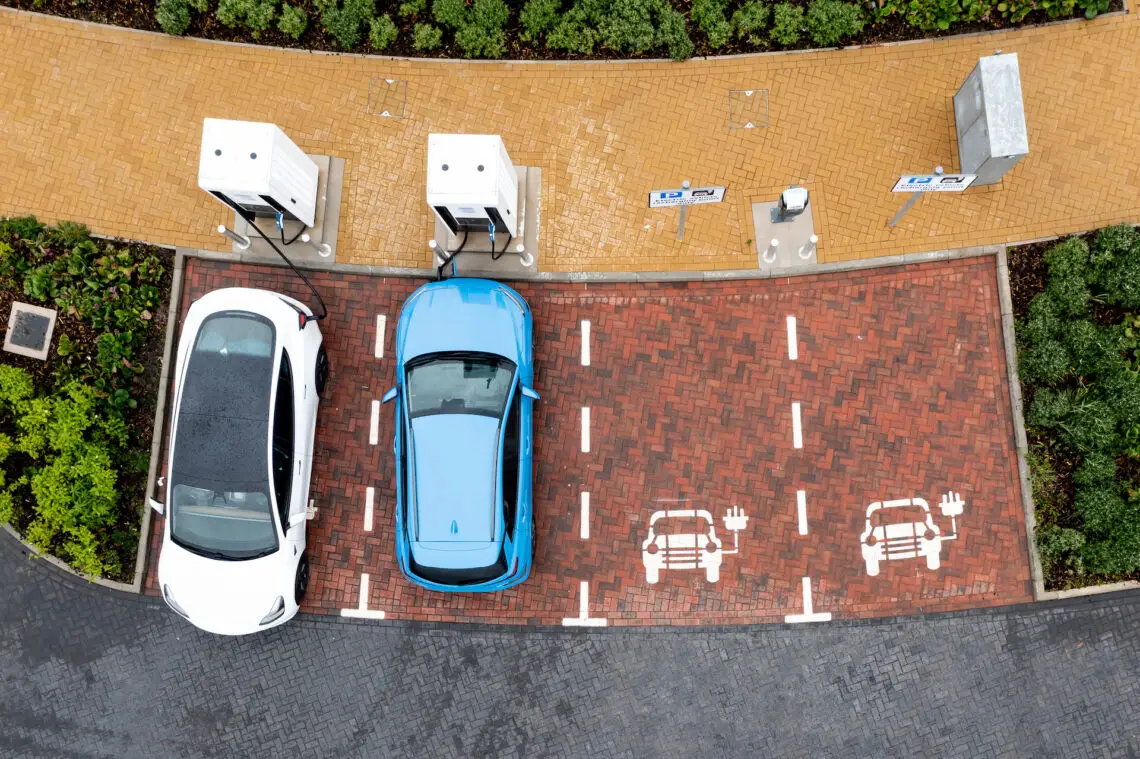Why you should be wary of a free charge card
Ordering free charge passes is easy
Every owner of a battery-electric car or plug-in hybrid is advised to use multiple passes to avoid surprises at any of the many charging stations in the Netherlands. Many of these charging passes can be applied for free. Ordering is child’s play. You authorize a direct debit to your account number and then you pay only for the use of the charge card.
Six charging passes? That is not strange
Some EV owners have up to six charging passes. Of these, the owner often uses one or two charging passes, and the rest are reserve. “Just in case,” you probably know it. Pretty handy, of course, such a stash of charging passes. But losing these passes could put EV drivers in trouble. In fact, to block a charge card, you must provide the card number to the charge card provider. The pass number is often also on an invoice, but if you’ve never used a charging pass, no invoice exists. Signing off a charge card then becomes a pain in the ass.
Abuse simple
A bad finder of such a charge card – or a charge card thief – can charge a car with such a free charge card – linked to your account number – without any problems, at your expense. Security in the form of a PIN code does not exist for a charge card. It’s a matter of just scanning and done. Thus, in the wrong hands, a free charge card can be misused.

Document the charge passes
It is up to the owner of all these charging passes to store them safely and also document them properly in advance. A tip of the house: take a photo of each charging pass showing the pass number and keep these photos in a safe place. They may come in handy (good choice of words) someday should you lose one of the free charging passes. This way you can be sure you can block a pass and they won’t be misused in the wrong hands.
Solutions abuse free charge passes
If there is too much abuse of free charge cards, entering a PIN may be a useful option. And if not, the NFC chip in a smartphone can help. Contactless payment with NFC, for example, also requires a face ID scan to unlock the feature. A similar system may be appropriate for digital versions of free charge passes. By putting a link between them, abuse can easily be prevented. More and more providers of free charge cards are also developing an app that allows users to pay directly from the app. Another solution: pay with a credit card. At almost no public charging station you can pay with a normal debit card, with a credit card you can.
Examples of free charging passes
Examples of free charging passes include those from MKB Fuels, Vattenfal InCharge, Shell Recharge, E-Flux or the ANWB Charging Pass. You can often choose between a free charging pass or a charging pass with a subscription. Suppose you use a charge card more than 12 times a month, then a charge card with subscription is more advantageous. You then pay a fixed monthly fee, but you have no transaction fees per charging session. Of course, you have to pay for the cost of a charging session. Also, sending a free charge card often costs money (shipping costs), but this varies by provider. Therefore, if you use a public charging station regularly, it is best to take out a subscription.
How do you use a free charge card?
- Find a charging point
- Connect the charging cable to the car and the charging point
- Hold your charge card near the RFID reader (activation of card is necessary)
- Are you done loading? Hold the pass at the reader again to finish loading
- Unplug the charging cable and you’re ready to go

